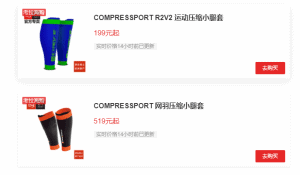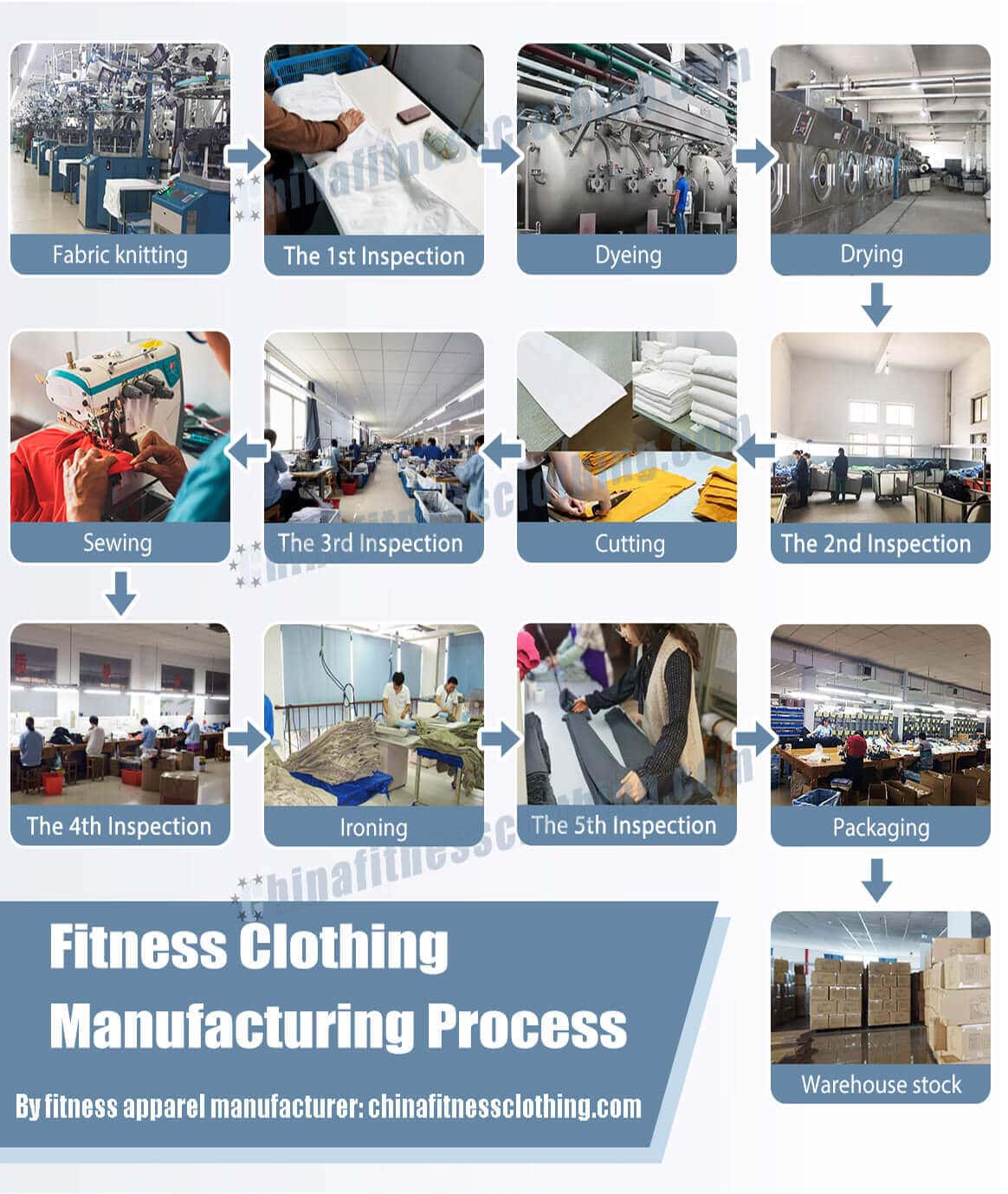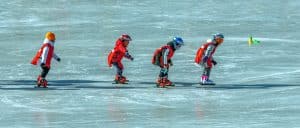Cycling compression socks are not only suitable for cycling, but also for most outdoor sports, such as rock climbing, camping, orienteering, adventure, hiking, mountaineering, badminton, tennis, volleyball, riding and shooting.

Cycling compression socks, frankly speaking, have never been specifically purchased. Recently, I have read some articles about cycling. Looking back on my cycling experience for many years, I have indeed suffered a lot. Riding more than 40KM in a single ride is indeed more sad after sweating, and even worse in summer. I believe experienced riders can feel the same. Let me briefly share with you some of the knowledge I have acquired on cycling compression socks these days.

Material of Cycling Compression Socks
The material of cycling socks is different from ordinary socks cotton, but polyester, nylon, Lycra spandex, nylon, coolmax, etc. Compared with ordinary socks, they focus on comfort and sweat absorption. Cycling socks focus on moisture absorption, quick-drying, and abrasion resistance. And different parts of the sock surface, heel, toe, and sole use different materials to ensure that the needs of different parts are met. At the same time, different parts adopt different weaving processes to ensure elasticity, breathability and support functions.
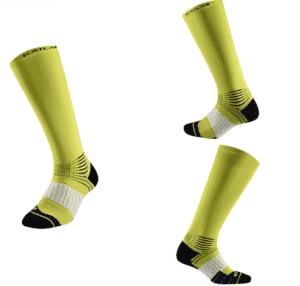
Function of Cycling Compression Socks
Compared with ordinary cotton socks, cycling socks mainly play a role in reducing friction, absorbing moisture and perspiration, supporting and wrapping.
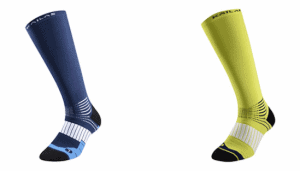
Differences Between Cycling Compression Socks And Ordinary Socks
Among the dazzling array of cycling equipment, cycling compression socks are one of the most non-existent equipment. Not only the cycling media has few reviews on cycling socks, but some riders even put on ordinary socks/sports socks that they usually wear. So what are the differences between cycling compression socks and ordinary socks?
Cycling socks feel heavier/solid than ordinary socks. Why is that? For cycling,especially cycling for dozens of hundreds of kilometers, ordinary socks may wear out in places such as big toes and heels in three or two days. Cycling athletic socks will be “reinforced” on the heels, toes and other parts that are relatively easy to wear, so they look more solid than ordinary socks. How to judge the thickness of cycling socks without touching the actual object?

Here is a little trick for you: the weight of socks (that is, the naked weight of a pair of socks) is more valuable than the picture. Ordinary socks (not counting stockings, boat socks, and short socks) weigh about 20-30 grams. 40 grams is the ideal weight for cycling socks; 60 grams is an excellent standard for sports socks that emphasize abrasion resistance. So next time you buy cycling socks, you can directly ask the customer service for the weight of the socks. In most cases, you can have an idea of the thickness of the socks.
Wrapping is the second difference between cycling socks and ordinary socks. If a pair of socks has no elasticity, it will not be able to cover the feet. Compared with ordinary socks, cycling socks have higher requirements for wrapping. Some cycling socks that emphasize competitive properties also use high-elastic yarns on the barrel to create a “micro-compression” sports muscle effect!
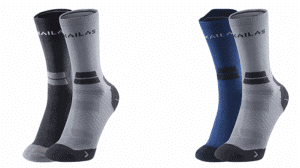
There are two factors that affect the wrapping of cycling socks: the quality of spandex & whether to add elastic. Ordinary socks do not add elastic or just add a circle of elastic at the sock or the arch of the foot. Because the elastic band will increase the difficulty of knitting socks and increase the defective rate, ordinary socks do not have that high requirement for wrapping, so naturally they will not add too much elastic.
Next comes the fabric. Most socks sellers will praise how good cotton their socks are. But one thing to note: Although cotton has many advantages such as skin-friendly, moisture absorption, breathability, and antibacterial, it is not easy to dry. Therefore, if it is a short time (3 hours) leisure ride, socks with high cotton content (including cycling socks) are a better choice. If you ride for a long time or in low temperature conditions such as winter, pure cotton socks are not a good choice, so don’t be superstitious about pure cotton.
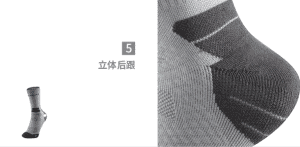
Finally, some people will choose sports socks to ride a bicycle, but it is not very recommended in fact. Although the wrapping and breathability of sports socks are also good in all aspects, there are a lot of sudden changes in the steps of badminton, basketball and other sports, and the thickness (foot protection & anti-wear) is more emphasized. The thick-soled socks will have a soft shock absorber effect when stepped on, which is naturally not a good thing for efficiency-conscious riders. This is the same as the principle of lock shoes VS sports shoes.
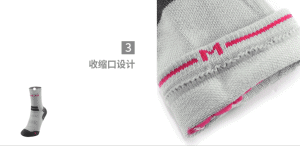
Classification of Cycling Compression Socks
In order to meet the needs of different understanding and exercise intensity, the socks are divided into low, medium,high and leg warmer series. The difference lies in whether they can wrap and support the ankle and calf.
Short series
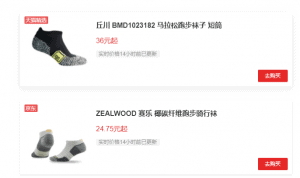
Middle series

High series
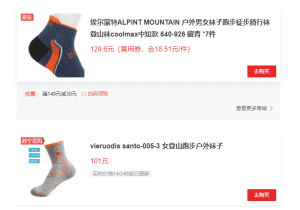
Leg warmer series
